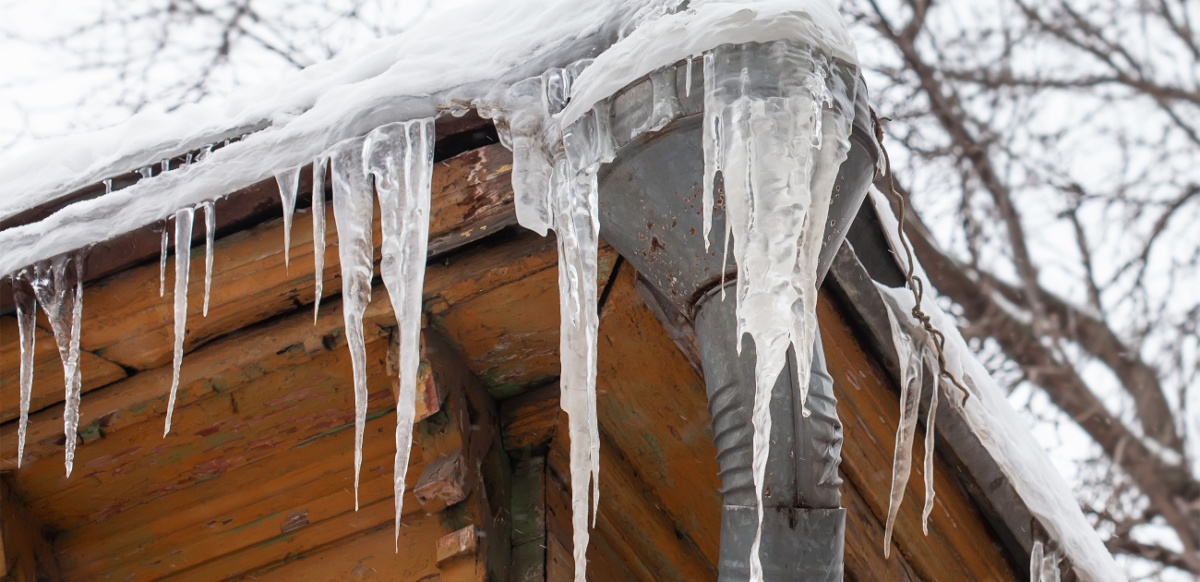Advice for Avoiding Frozen Plumbing in Cold Weather: Specialist Tips
Advice for Avoiding Frozen Plumbing in Cold Weather: Specialist Tips
Blog Article
We have unearthed this article involving Winter Plumbing Precautions: Preventing Frozen Pipes below on the web and believe it made perfect sense to quickly share it with you here.

Winter can ruin your plumbing, especially by freezing pipes. Below's how to stop it from taking place and what to do if it does.
Intro
As temperatures decline, the danger of frozen pipelines boosts, potentially leading to expensive repair work and water damage. Recognizing exactly how to stop frozen pipelines is important for homeowners in cool climates.
Prevention Tips
Protecting prone pipelines
Cover pipelines in insulation sleeves or make use of heat tape to protect them from freezing temperatures. Focus on pipes in unheated or exterior areas of the home.
Heating techniques
Keep indoor rooms properly heated, especially locations with pipes. Open up cupboard doors to allow warm air to flow around pipelines under sinks.
Exactly how to determine frozen pipelines
Try to find reduced water flow from taps, unusual odors or sounds from pipes, and visible frost on revealed pipes.
Long-Term Solutions
Architectural modifications
Take into consideration rerouting pipelines far from exterior walls or unheated areas. Include additional insulation to attics, cellars, and crawl spaces.
Updating insulation
Invest in top notch insulation for pipelines, attics, and walls. Correct insulation assists maintain consistent temperatures and decreases the danger of frozen pipelines.
Shielding Outdoor Pipes
Yard hose pipes and outside taps
Disconnect and drain pipes yard hose pipes before winter months. Set up frost-proof spigots or cover exterior faucets with shielded caps.
Comprehending Frozen Pipelines
What causes pipelines to freeze?
Pipelines freeze when subjected to temperatures below 32 ° F (0 ° C) for expanded periods. As water inside the pipelines freezes, it broadens, taxing the pipe walls and possibly causing them to rupture.
Dangers and problems
Frozen pipes can cause water supply interruptions, residential or commercial property damage, and costly fixings. Ruptured pipelines can flooding homes and create substantial structural damages.
Indicators of Frozen Pipeline
Identifying icy pipes early can stop them from rupturing.
What to Do If Your Pipes Freeze
Immediate activities to take
If you suspect icy pipes, maintain faucets available to alleviate stress as the ice melts. Utilize a hairdryer or towels soaked in warm water to thaw pipes slowly.
Verdict
Avoiding icy pipes needs aggressive measures and quick feedbacks. By understanding the causes, signs, and safety nets, house owners can shield their plumbing during winter.
6 Proven Ways to Prevent Frozen Pipes and Protect Your Home
Disconnect and Drain Garden Hoses
Before winter arrives, start by disconnecting your garden hoses and draining any remaining water. Close the shut-off valves that supply outdoor hose bibs and leave the outdoor faucet open to allow any residual water to drain. For extra protection, consider using faucet covers throughout the colder months. It’s also important to drain water from any sprinkler supply lines following the manufacturer’s directions.
Insulate Exposed Pipes
Insulating your pipes is an effective way to prevent freezing. Pipe insulation is readily available at home improvement stores and is relatively inexpensive. Pay close attention to pipes in unheated areas such as the attic, basement, crawl spaces, or garage. Apply foam insulation generously to create a buffer against the cold. You can also wrap your pipes in heat tape or thermostat-controlled heat cables for added warmth.
Seal Air Leaks
Inspect your home for any cracks or openings that could let in cold air. Seal any holes around the piping in interior or exterior walls, as well as the sill plates where your home rests on its foundation. Additionally, make sure to keep your garage door closed unless you’re entering or exiting. Leaving it open creates a significant air leak that can lead to frozen pipes.
Allow Warm Air Circulation
During cold snaps, it’s essential to allow warm air to circulate evenly throughout your home. Leave interior doors ajar to promote better airflow. Open kitchen and bathroom cabinets to help distribute heat consistently around the rooms. If you have small children or pets, be sure to remove any household chemicals or potentially harmful cleaners from open cabinets for safety.
Let Faucets Drip
A small trickle of water can make a big difference in preventing ice formation inside your pipes. When temperatures drop significantly, start a drip of water from all faucets served by exposed pipes. This continuous flow helps prevent the water from freezing. Additionally, running a few faucets slightly can relieve pressure inside the pipes, reducing the chances of a rupture if the water inside does freeze.
https://choateshvac.com/6-proven-ways-to-prevent-frozen-pipes-and-protect-your-home/

I ran across that blog post about 6 Ways to Prevent Frozen Pipes when surfing around the search engines. Those who enjoyed reading our article plz consider to share it. Thanks so much for going through it.
Get Offer Report this page